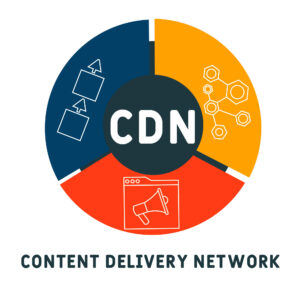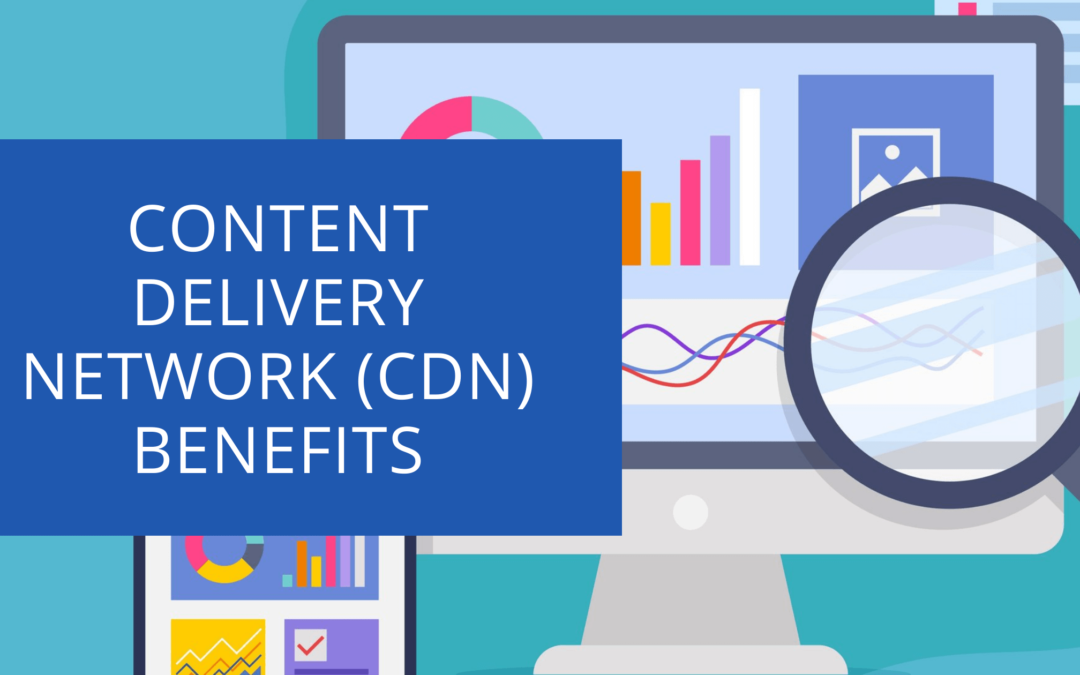A content delivery network, or CDN, is a system of servers used to store and deliver digital content, such as images, videos, and documents. A CDN can help speed up the delivery of this content by caching it on servers located closer to the user.
Contents
What is a Content Delivery Network?
A content delivery network (CDN) is a geographically distributed network of proxy servers and their associated content delivery infrastructure. The goal of a CDN is to serve content to end-users with high availability and high performance. CDNs serve a large portion of the Internet content today, including web objects (images, HTML, JavaScript, CSS), downloadable files (media, software, documents), and applications (e-commerce, online gaming).
How Does a Content Delivery Network Work?
A content delivery network (CDN) is a system of distributed servers that deliver web content to users. When a user requests a page from a website, the CDN delivers the content from a server that is closest to the user, resulting in faster page loading times. CDNs also help to distribute the load of traffic across multiple servers, which can improve website performance during peak traffic times.
10 Benefits of Using a Content Delivery Network
 Here are the benefits of using a CDN:
Here are the benefits of using a CDN:
- Speed: A content delivery network (CDN) can speed up the delivery of your website’s content to your users, resulting in a better overall user experience.
- Scalability: A CDN can easily scale to meet the needs of your website as it grows in popularity.
- Reliability: By using a CDN, you can improve the reliability of your website by ensuring that your content is delivered quickly and consistently no matter where your users are located.
- Cost-effectiveness: A CDN can help you reduce your website’s bandwidth costs.
- Security: A CDN can help improve the security of your website by protecting your content from DDoS attacks and other security threats.
- Ease of Use: A CDN is easy to set up and use, and most CDN providers offer user-friendly web interfaces and APIs.
- Global Reach: A CDN gives you the ability to reach users all over the world with your content.
- Customisability: A CDN allows you to customise your content delivery experience to meet your specific needs.
- Efficiency: A CDN can help improve the efficiency of your website by reducing the load on your servers.
- Increased Visibility: A CDN can help increase the visibility of your website by making it easier for search engines to index your content.
How to Decide If You Need a Content Delivery Network (CDN)?
A content delivery network (CDN) can be an important part of your online presence, but only if it’s the right fit for your website. Here are four questions to ask yourself to help you decide if you need a CDN:
- How much traffic does your website get?
- What kind of content do you have?
- What are your bandwidth needs?
- What are your latency requirements?
If your website gets a lot of traffic, if you have a lot of bandwidth-intensive content, or if you need to meet strict latency requirements, then you may need a CDN.
Generally, the types of websites that require a CDN are eCommerce, Media and Advertising, Business and Education websites.
eCommerce
There are several benefits of using a content delivery network (CDN) for ecommerce websites. CDNs improve website performance by caching static content and delivering it from servers that are geographically close to the website’s visitors. This reduces the amount of time it takes for static content to load, resulting in a better user experience.
Media and Advertising
There are many benefits of using a content delivery network (CDN) for media and advertising websites. A CDN can help improve website performance by caching content and delivering it from a server that is geographically close to the user. This can result in faster page load times and reduced bandwidth costs. CDNs can also help protect websites from DDoS attacks, which are becoming increasingly common. Additionally, CDNs can help improve website security by providing additional layers of protection.
Business
A content delivery network (CDN) is a system of distributed servers that deliver web content to users. When a website is hosted on a CDN, the CDN’s global network of servers delivers the site’s content to users, no matter where they are in the world. This improves website performance and helps to ensure high availability of the site.
Education
There are many benefits of using a content delivery network (CDN) for education websites. One of the biggest benefits is that a CDN can help speed up website loading times. This is important because students and educators need to be able to quickly access information on websites. A CDN can also help improve website security by protecting against DDoS attacks. Additionally, a CDN can help improve website performance by caching content locally. This is important because it can help reduce the amount of bandwidth that is needed to serve content to users.
How does a CDN help with SEO?
A content delivery network (CDN) is a collection of servers that are used to deliver content, such as web pages and videos, to users. When a user requests a piece of content, the CDN server closest to the user delivers the content. This can help to improve page load speeds, Core Web Vitals and overall user experience, which can all have a positive effect on rankings and traffic.
Popular CDN Providers
Cloudflare
 Cloudflare CDN is a content delivery network (CDN) that helps to speed up the delivery of web content, including static files, images, and videos, to users around the world. Cloudflare CDN works by caching copies of web content at strategically located data centers around the world. When a user requests a piece of content that is cached by Cloudflare CDN, the content is delivered from the closest data center, which results in faster load times for the user. Cloudflare CDN is free to use for websites with up to 5 websites.
Cloudflare CDN is a content delivery network (CDN) that helps to speed up the delivery of web content, including static files, images, and videos, to users around the world. Cloudflare CDN works by caching copies of web content at strategically located data centers around the world. When a user requests a piece of content that is cached by Cloudflare CDN, the content is delivered from the closest data center, which results in faster load times for the user. Cloudflare CDN is free to use for websites with up to 5 websites.
Akamai
Akamai is a content delivery network (CDN) that delivers content, such as videos and images, to users around the world. Akamai’s CDN uses a network of servers located in different parts of the world to deliver content quickly and reliably. This helps ensure that users have a smooth, consistent experience when accessing your content.
Google Cloud CDN
Google Cloud CDN is a content delivery network service offered by Google Cloud Platform. It uses Google’s globally distributed edge points of presence to cache content, such as static files and web application assets, close to the user. When a user requests content that is not already in the cache, the Google Cloud CDN will fetch the content from the origin server and serve it to the user.
Amazon CloudFront
Amazon Cloudfront is a web service that speeds up distribution of your website’s content. Cloudfront caches copies of your files at various points around the world, so that when a user requests a file from your site, they are likely to get the file from a nearby Cloudfront cache. This can result in faster page load times for your users. Cloudfront also offers security features, such as SSL support and content verification, to help keep your site safe and secure.
Microsoft Azure CDN
Microsoft Azure CDN (Content Delivery Network) is a distributed system for delivering static and dynamic web content from Microsoft data centers to users around the world. It caches content on servers near users to reduce latency and improve performance. It also provides security and global reach for your web applications.
Conclusion
A content delivery network, or CDN, is a system of servers used to store and deliver digital content. A CDN can help speed up the delivery of this content by caching it on servers located closer to the user.

